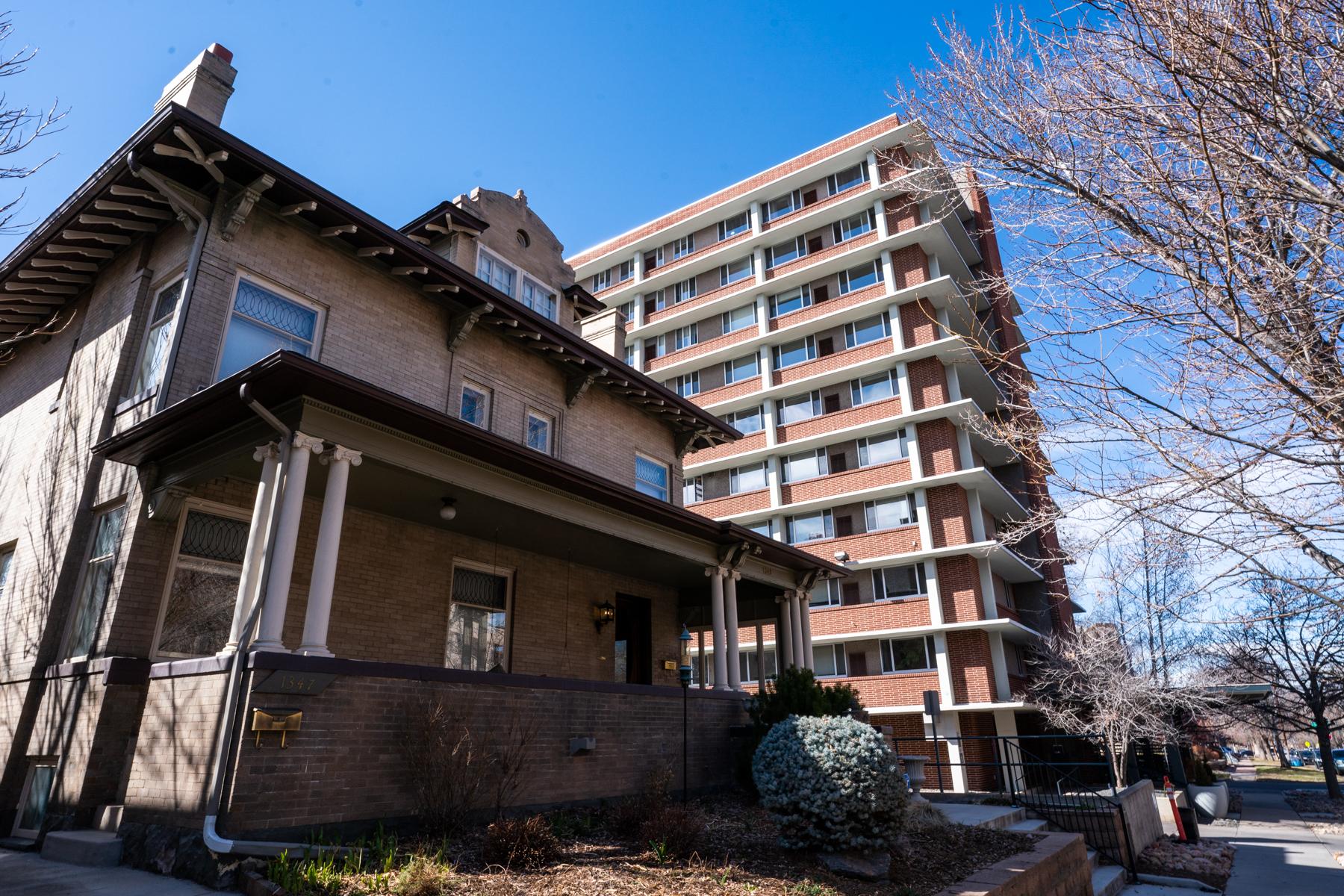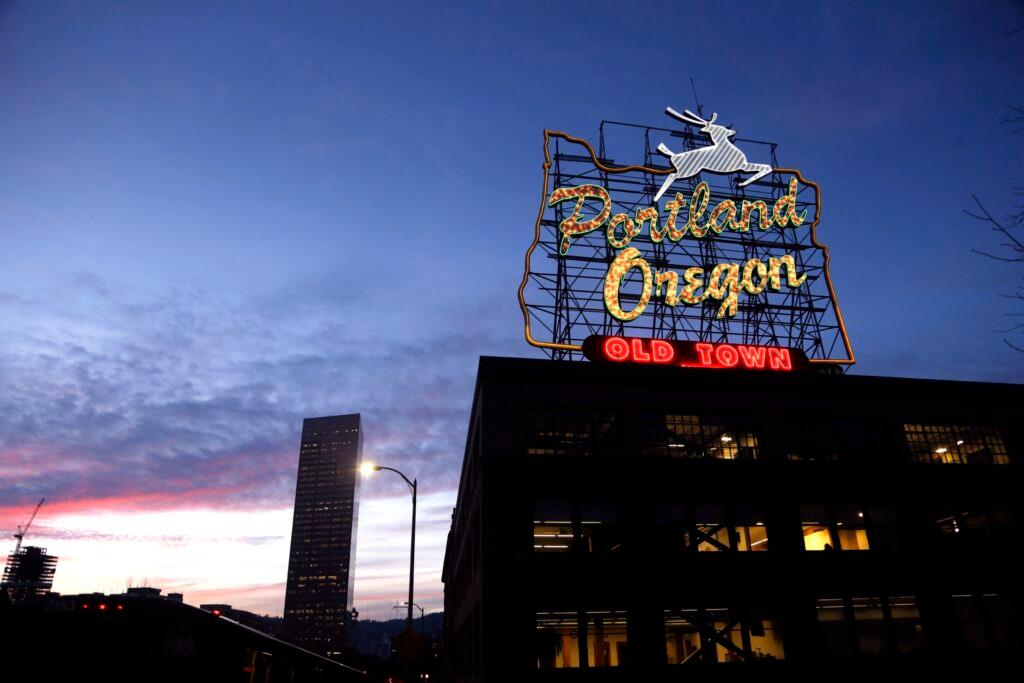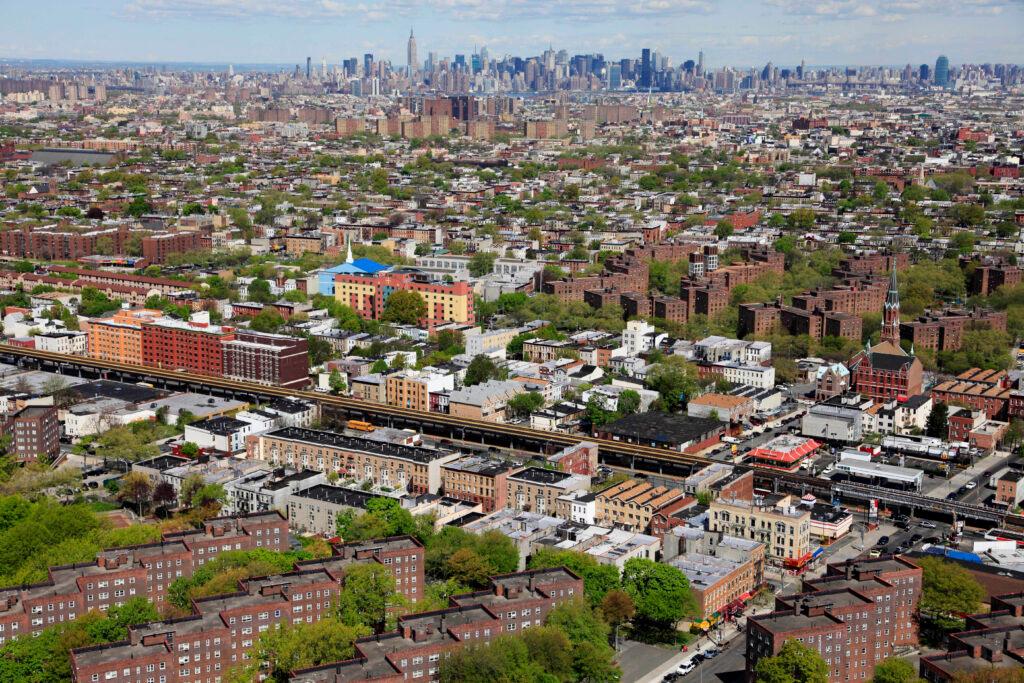
Democrats’ controversial land use bill aims to rewrite what kind of housing gets built in many of Colorado’s fastest-growing communities.
But while it’s a new idea for this state, Colorado wouldn’t be the first place in the country to embrace this approach.
States like Oregon and cities like Minneapolis have adopted similar laws over the last five years, often in the name of enabling construction and driving down housing costs — the same goals shared by Colorado’s bill. In New York, officials upzoned more than a third of the city nearly 20 years ago, a change that sparked a big building boom.
So how have those changes worked out?
Here’s a look, and a lesson from each place.

Minneapolis: Ending single-family zoning gets the attention, killing parking minimums gets the results
Minneapolis was the first major U.S. city to end single-family zoning when its City Council adopted the “Minneapolis 2040” plan in 2018, which, among other provisions, upzoned all residential neighborhoods to allow duplexes and triplexes.
Critics at the time said it would strain infrastructure and only benefit investors and builders. But the move also earned it headlines in national publications like the New York Times, Slate and Bloomberg, which trumpeted its goals of righting historic racial discrimination in housing and helping temper rising housing costs.
Rents have indeed stabilized in Minneapolis since then. An analysis by the Pew Charitable Trusts shows they grew just 1 percent from January 2017 to January 2023, despite the city adding residents faster than the U.S. overall. A Twin Cities publication found a similar result.
Meanwhile, Pew’s analysis shows, rents in the U.S. as a whole jumped 30 percent during that time. In major Colorado cities, Pew found, rents increased anywhere from 22 percent in Denver to 53 percent in Castle Rock. (The metro Denver area has seen faster population growth than the Minneapolis area, though.)
Minneapolis held rent increases in check because it grew its housing stock by 8 percent in that time, according to Alex Horowitz, director of the Pew Charitable Trust’s housing policy initiative. (Denver’s housing production lagged behind its population growth, Horowitz said, citing Census data.)
“When new housing is going up, it's taking pressure off the rental stock,” Horowitz said, adding: “We don't see the competition between high-income and low-income residents for the same homes because there are homes available for all of them.”
But it appears that the end of single-family zoning wasn’t the real driver behind Minneapolis’ flat rent prices. The production of duplexes, triplexes and fourplexes has been very modest — just 53 units in 2021, for example — since the 2040 plan went into effect.
“The change hasn’t been that big,” said Alex Schieferdecker, a Twin Cities transit planner who’s analyzed city development data.
Rather, it appears that earlier parking reforms were responsible for a boom in new apartment buildings, and the subsequent rent moderation. Minneapolis has eliminated minimum parking requirements for new developments — first for areas near frequent transit lines in 2015 and later for the entire city.
“Added housing was overwhelmingly coming from mid-rise apartment buildings on commercial corridors and near transit,” Horowitz said.
Many of Minneapolis’ new apartment buildings have far less off-street parking now. Buildings approved in 2014 had 1.13 parking spots per housing unit; by 2022 that figure had fallen to .58 spots per housing unit, according to city data collected by Schieferdecker.
Off-street parking can cost tens of thousands of dollars per space to build. Allowing developers to decide how much to include “made a lot of projects possible,” Schieferdecker said, and greased the skids for the city’s late 2010s boom in housing production. A similar dynamic played out in Seattle and Buffalo after they changed parking requirements.
Many of those new apartments are concentrated in neighborhoods near downtown, he said. Some specific areas, like the Northeast Arts District, have changed drastically and put pressure on existing residents as home values and rents rose – trends that predated the upzoning.
But across the city, most neighborhoods “have not changed much at all,” he said.

Portland: Upzoning of single-family neighborhoods takes time to manifest
In 2019, the Oregon legislature eliminated single-family zoning in much of the state. Cities with more than 25,000 residents must now allow “middle housing” structures like duplexes, triplexes and fourplexes and “cottage clusters” in former single-family zones. Cities of at least 10,000 have to at least allow duplexes.
Portland’s new rules passed to comply with the law went into effect in 2021. And in its first year, it led to only a few hundred units of these newly legal “middle housing” structures, said Michael Andersen, senior researcher at Sightline Institute, a sustainability think tank.
In a city of about 640,000, that doesn’t amount to a “dramatic transformation,” he said.
“The effect of these laws is that when a structure reaches the end of its useful life, then there is an option for it to become one, two, three or four units rather than for it to only become one larger unit,” he said.
That means rather than an old, moderately priced single-family home being replaced by a new, extremely expensive single-family home, that old home may be replaced by four units on the same lot. And while those units might not be cheap, they’ll at least be cheaper than the new single-family home would’ve been.
That’s a net win for a highly desirable city like Portland, Andersen said.
“There's no way to prevent … rich people from wanting to live in a nice place,” he said. “The sensible response is to make it possible for us all to share nice places.”
An example from Portland suggests that the effects of upzoning may take time to play out. Part of the city where higher densities have been allowed since 1980 has only seen incremental changes, Anderson said.
“Re-legalizing duplexes, triplexes and fourplexes isn’t going to utterly transform a city,” Andersen wrote in a blog post. “It’ll just allow a gradual shift into something slightly livelier, slightly more sustainable, and quite a bit more welcoming than it would otherwise become.”
It’s too soon to say whether legalizing more “missing middle” houses across the state will result in lower rents and home prices, Andersen said. Like Minneapolis, Pew’s research shows an apartment building boom in the late 2010s helped temper rent increases in Portland. After rapid growth in the early- and mid-2010s, rent grew just 2 percent from 2017 to 2023.

New York: Upzoning, then gentrification
In the 2000s, New York’s then-Mayor Michael Bloomberg oversaw the rezoning of nearly 40 percent of that city. Higher densities were allowed in places like the decaying Williamsburg industrial waterfront in Brooklyn. That neighborhood was already surging in popularity with young people due to its relatively affordability and its proximity to Manhattan.
After the upzoning, “tower after tower … shot up along the radically revamped waterfront” starting in the late 2000s.
Gentrification soon followed there and in other upzoned areas across the city, according to a 2021 study from Columbia University. It found that upzoned areas were 28 percent more likely to become whiter between 2000, before the rezoning, and 2010, after the rezoning.
Scholars define gentrification in different ways, said study author Jenna Davis, a PhD candidate at Columbia University. She chose to analyze racial demographic changes because existing evidence suggested the Bloomberg rezonings were associated with white households moving into affected areas.
It’s also important to note that the upzonings incentivized but did not require new buildings to include affordable units, Davis added.
“It’s possible that these findings would be tempered a little bit had affordability restrictions been in place,” she said.
Davis also cautioned that there’s a difference between gentrification and the pushing out of a neighborhood's existing residents.
“Just because an area is upzoned and does maybe experience some level of gentrification, that doesn't necessarily mean displacement will or has to occur,” she said.
Whether or not Bloomberg’s rezoning merely brought more white households into neighborhoods Williamsburg and surrounding areas, or also pushed Latino residents out of them has long been debated in the city.
A 2019 report from a progressive faith-based group found that the Hispanic population fell across Williamsburg and nearby Greenpoint by 15,000 between 2000 and 2015.
But conservatives and real estate dispute those concerns, instead promoting a city analysis of Census data that shows while the white population skyrocketed in the heavily affected waterfront area, the Hispanic, Black and Asian populations all increased too — just not as much. The growth of the Hispanic population actually reversed a decades-long trend, the data said.
Davis’ study does not establish causation, she cautioned. But its findings fit with another study of the same Bloomberg-era rezonings. That study showed housing prices actually increased between 7 and 10 percent in rezoned areas and found existing residents — especially Black residents — were more likely to move.
The study, summarized in a recent Urban Institute synthesis of rezoning studies, also found that new residents are likely to move to upzoned areas from higher-income neighborhoods.
“[T]his result raises another possibility,” wrote Yonah Freemark, senior research associate for the Urban Institute, citing yet another study that found that new construction lessens demand on cheaper housing. “...upzoning provides an outlet for gentrification, absorbing demand from higher-income residents for new homes and potentially relieving other parts of the housing market.”
Takeaway: The real-world results of upzoning are complicated
Overall, Freemark wrote in his synthesis of studies on upzoning changes, the evidence suggests that they have “mixed success in terms of housing production, reduced costs, and social integration in impacted neighborhoods; outcomes depend on market demand, local context, housing types, and timing.”
In contrast, Freemark wrote, research on downzoning that makes building more restrictive is much more uniform in its findings.
“Downzoning policies are largely associated with reduced construction and less affordability,” he wrote.
Editor's note: This story has been updated to correct the timeline for Minneapolis parking requirements. And the caption for the lead photo for this story originally named the wrong Denver neighborhood for the buildings pictured. It has been corrected.









